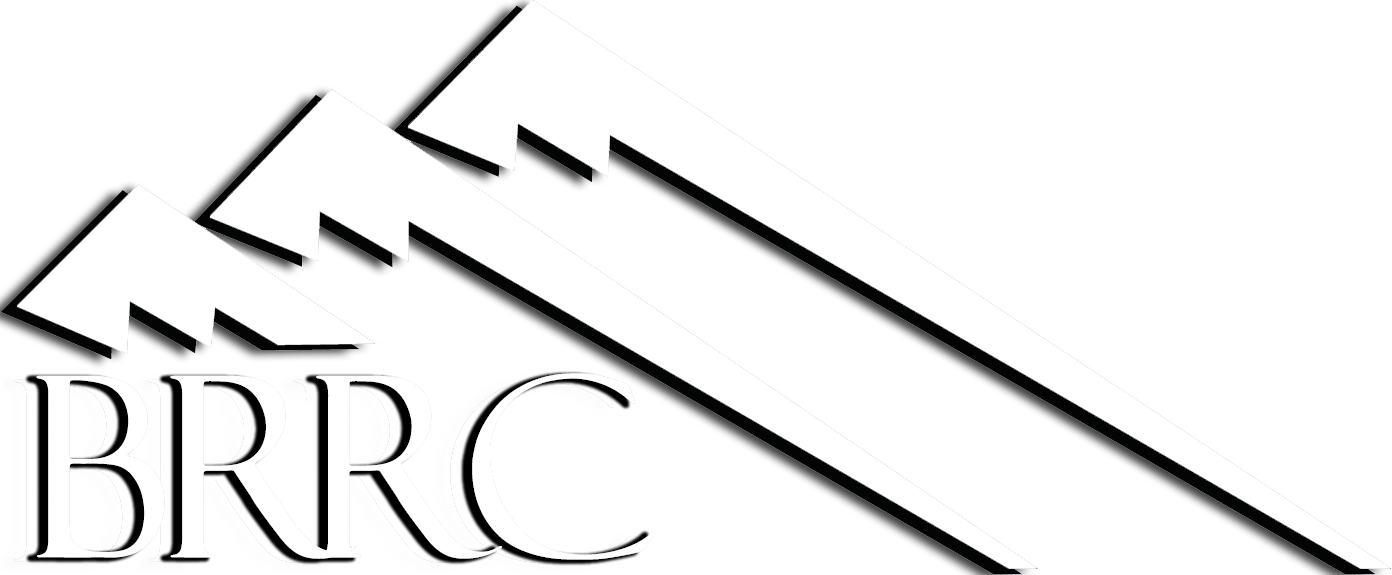
Jet Noise Near-field Acoustic Holography Measurement System
BRRC, in partnership with BYU, developed innovative measurement and analysis methods using Near-field Acoustic Holography (NAH) to provide high-quality acoustic data and characterization of the jet-noise source region. The design includes a 150-channel NAH measurement array and data acquisition system, and a state-of-the-art holography processing capability. The prototype system was deployed to perform jet source-noise measurements from an F-22 at Holloman AFB in New Mexico. The culmination of this effort resulted in the ability to show how the scan-based measurements along one plane can be processed using NAH to produce a three-dimensional holographic representation of the sound radiation. This is the first time such a map has been obtained for a full-scale military jet aircraft. Learn more...

Traffic Noise Fleet Database Measurements and Source Identification
BRRC collaborated with Cross-Spectrum Acoustics (CSA) to review the Reference Energy Mean Emission Level (REMEL) traffic noise database used in federally-funded highway traffic noise predictions. As part of this effort, BRRC created a custom, portable phased array to measure and identify the source locations and sound levels of passing vehicles. BRRC also developed specialized software for measuring and analyzing the position and speed of vehicles, capturing images, and recording data using the acoustic phased array. This data was then processed through moving source beamforming and deconvolution software to pinpoint the locations and sound levels of the sources. The results will contribute to understanding the vertical noise distribution of different vehicle classes, which will be used in current and future traffic noise models.

The Aeroacoustic Research Complex
BRRC supported the design and development of the Aeroacoustic Research Complex (ARC) acoustic measurement system. The ARC facility provides improved characterization of in-flight noise directivity by providing synchronized three-dimensional magnitude and spectral acoustical signatures from 56+ microphones. BRRC designed the state-of-the-art custom multichannel acoustic measurement systems and sensor hardware architecture, and collaborated on construction logistics and measurement protocol development. Image Credit: US Air Force

Energy-Based Acoustic Measurement System for Rocket Noise
BRRC, in partnership with Brigham Young University, has developed advanced acoustic measurement, analysis, and modeling techniques for launch load predictions. Multiple full-scale static test fires have been performed at ATK Space Systems Test Services in Promontory, UT. This collected data was used to evaluate the measurement system and compare the performance of multiple probe prototype designs, evaluate historical rocket noise prediction methods, and to guide the development of future launch noise prediction models. Image Credit: Alliant Techsystems

Fort Stewart and Hunter Army Airfield Supplemental EA
BRRC personnel visited Fort Stewart to assess their current noise monitoring program. This assessment included a review of the current noise environment for range explosions, an examination of their noise monitoring equipment, and acquisition of acoustical data to verify the proper operation of the monitors. BRRC’s assessment provided options for system-wide improvements and helped develop a suitable noise-monitoring program. This assessment included maintenance schedules appropriate for the current equipment and recommendations on improved noise data processing.





